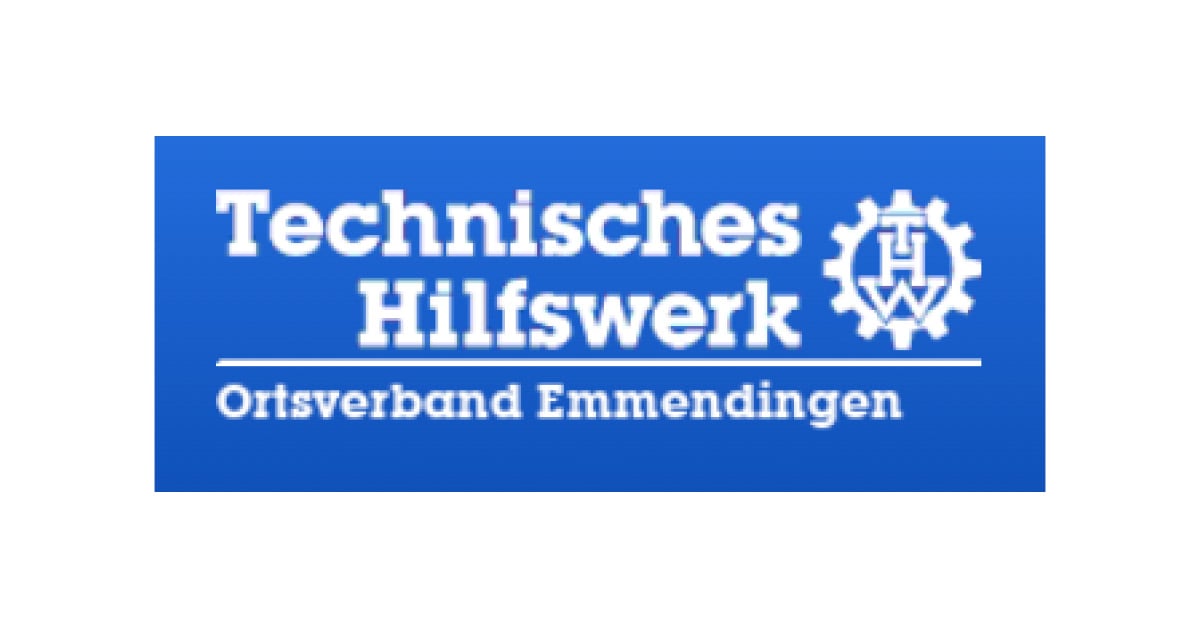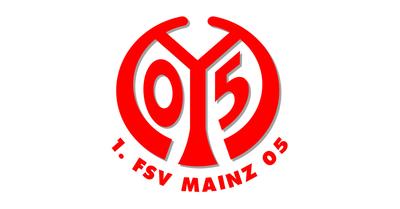Paessler PRTG and THW Emmendingen with the Pope and at the Southside Festival
About Technisches Hilfswerk
The German Technische Hilfswerk (THW) is unlike any organization in the world. As a federal agency, it is officially part of the Federal Ministry of the Interior. However, only one percent of its employees work full-time for the agency. The remaining 99% are volunteers. The THW first saw the light of day on August 22, 1950, when the Federal Minister of the Interior, Gustav Heinemann, and the engineer Otto Lummitzsch, took initial steps to establish a civil protection service. Today, the THW is not only active in Germany, but all over the world. Its tasks include technical, humanitarian, and logistical support, as well as the implementation of prevention measures. The THW is split up into 668 local units, 66 branch offices, eight regional units, a federal school with two locations, and a management center.
The THW not only offers assistance for natural disasters and other calamities, but also state visits and music festivals. Indeed, the spectrum of activities of the THW is quite extensive. Behind the scenes, volunteers maintain an IT infrastructure that handles and coordinates the agency’s operations. The THW in Emmendingen relies on PRTG Network Monitor as an additional protection measure. The software keeps an eye on the infrastructure around the clock, and immediately sounds the alarm if WLAN paths, IP telephony, or end devices are affected by issues. The THW infrastructure is unique: it is mobile and customized for each individual use.
THW Emmendingen is the largest THW location in South Baden, and has grown substantially since its creation in 1965 via the incorporation of several specialized groups. In 1998, the “Management/Communications” group was formed. Among other things, this group is responsible for communications during operations involving telecommunications and radio systems. These operations have included the Southside Music Festival in Neuhausen ob Eck (nine times), and the Pope’s visit to Freiburg in September 2011.
“Our network looks different for each of our operations. We therefore needed a flexible network monitoring tool. We found it in PRTG. Among other things, we were impressed by the PRTG Maps feature, which provides us with a quick, comprehensive, and transparent overview of all locations. With PRTG, even volunteers with little monitoring experience can quickly get up to speed and assist with troubleshooting.”
Eric Mühle, Deputy Chairman of THW Emmendingen
Complexity vs. ease of use
For the papal visit, the THW worked with the Malteser Hilfsdienst and the Freiburg fire department to build a rescue services command post near the Freiburg city airport, from which 1,000 volunteers could be coordinated. THW Emmendingen set up an extremely large network on site with more than 100 clients and various transmission paths. In order to provide for smooth communication, the network had to be monitored continuously. Due to its somewhat restricted budget, THW Emmendingen went with the open-source monitoring tool Nagios. This tool was to monitor the most important components, and notify the team in the event of issues. However, as Eric Mühle, Deputy Chairman of THW Emmendingen and Head of the “Management/Communications” group, explains, “The tool was extremely difficult to install and configure, which cost us an enormous amount of time and effort. Our networks are ad hoc and specially configured for each particular purpose. We therefore looked for an alternative and stumbled upon PRTG from Paessler AG.”
PRTG and “KISS” at the Southside Festival
The unified monitoring solution was successfully implemented for the first time as a test version during the Southside Festival in 2014. At this event, THW Emmendingen once again provided Johanniter-Unfall-Hilfe (JUH) with the technical expertise of its “Management/Communications” group. In addition to power supplies and control equipment, the volunteers on site set up a telephone system, IP telephones, IP DECT base stations, DECT telephones, a GSM, VLANs, cameras, and network switches. A core switch and six other switches served as nodes in the 2014 installation. From there, multiple port connections led to wireless IP phones, printers, laptops, PCs, servers, etc. Some of the end devices belonged to the THW, but JUH laptops were also integrated into the network.
PRTG acted as a protection and alarm system by monitoring the entire installation. At the same time, Mühle and his team were keen on using the tool to monitor their core structures. These structures, which included the telephone system, network switches, IP telephones, workstations (such as laptops and mobile devices), and WLAN radio paths, had to remain accessible at all times (the proper functioning of elements such as these is a top priority in any network). PRTG monitors network components with so-called “sensors” (measuring points) that collect the desired data and forward it to the PRTG Core Server for analysis.
“We’re all about the “KISS” principle – Keep it simple and stupid,” explains Mühle. “For us, 80 or so sensors is enough. Most of these sensors function as ping sensors that inform us about the quality of our connections and the latency of our remote hosts.” In the event of an anomaly or disruption, PRTG alerts the team immediately, allowing them to quickly take action before failures occur.

The THW Emmendingen Operations Team at the Southside Festival
Simple navigation of the infrastructure
THW Emmendingen used the PRTG Maps feature to create a comprehensive, easy-to-read overview of all the structures, tents, TC systems, and other equipment at the site of the Southside Festival. This map is displayed in the screenshot below. On the right-hand side, PRTG provides information on the individual sensors and their statuses:
Donations for good causes
During the festival, THW Emmendingen was able to explore all the various facets of PRTG. “In the end, it was clear. For us, PRTG was the perfect monitoring solution,” declares Mühle. “On behalf of THW Emmendingen, I therefore wrote to Paessler and asked if it might be possible to get PRTG for free, as a kind of donation. Within 24 hours, Dirk Paessler, Founder and CEO of the company, sent us a license for the monitoring software. A big thanks to Paessler AG!”
Subsequently, THW Emmendingen was thrilled with the simple and flexible configuration of PRTG. Mühle explains: “Our network looks different for each of our operations. We therefore needed a flexible network monitoring tool. We found it in PRTG. Among other things, we were impressed by the PRTG Maps feature, which provides us with a quick, comprehensive, and transparent overview of all locations. With PRTG, even volunteers with little monitoring experience can quickly get up to speed and assist with troubleshooting.”
Conclusion
In 2015, PRTG will once again attend the Southside Festival as a “digital volunteer.” The tool is also expected to be used during future editions of the event. For the THW, the advantages of PRTG are clear: the network monitoring software immediately adapts to ever-changing circumstances, and is extremely quick and easy to use. Thanks to network monitoring with PRTG, THW Emmendingen can guarantee its charitable contributions and prevent communications disruptions that might hinder its missions. In this way, properly functioning IT plays an important role in the provision of technical & humanitarian aid and the response to disasters.
Also interesting
Customer success story DR. ERLER KLINIKEN & PRTG
How the comprehensive monitoring of IT and medical systems with PRTG can prevent downtime and increase operational reliability at DR. ERLER KLINIKEN. ➤ Read the customer success story now!
Customer success story 1. FSV Mainz05 & PRTG
The IT team of 1. FSV Mainz05 monitors its IT and the entire stadium technology with PRTG so that everything runs penalty free. ➤ Read the complete customer success story now!
Customer success story Centroflora Group & PRTG
With PRTG, Centroflora gets a holistic view of their industrial environment, particularly processes based on Siemens PLCs and the power supply. ➤ Read the customer success story now!




